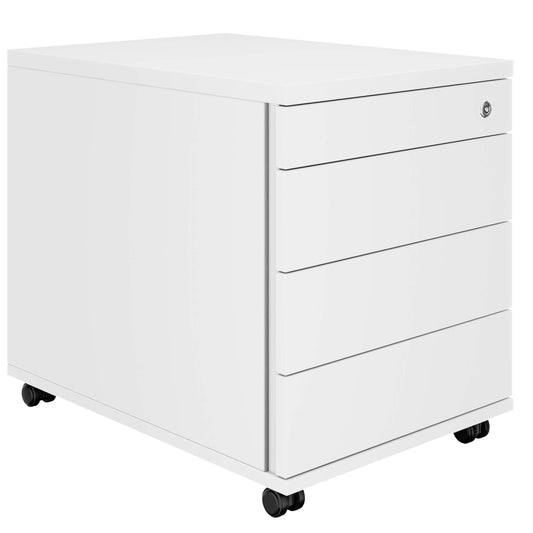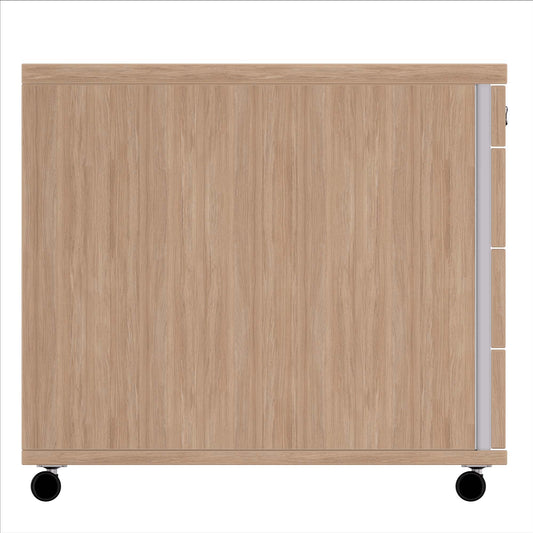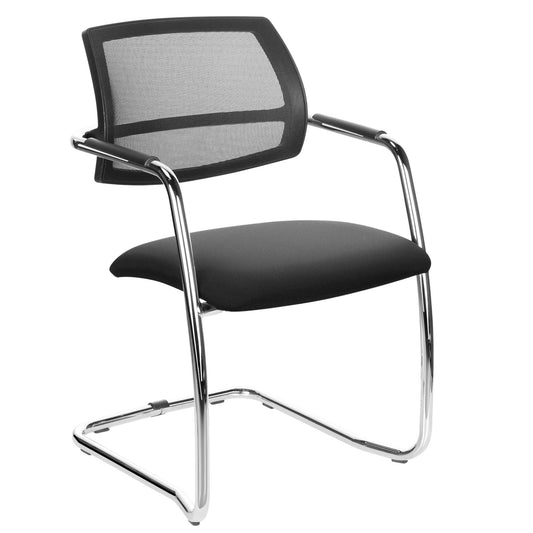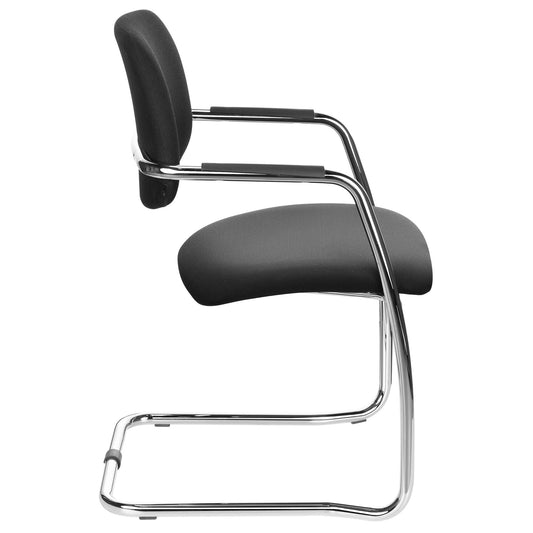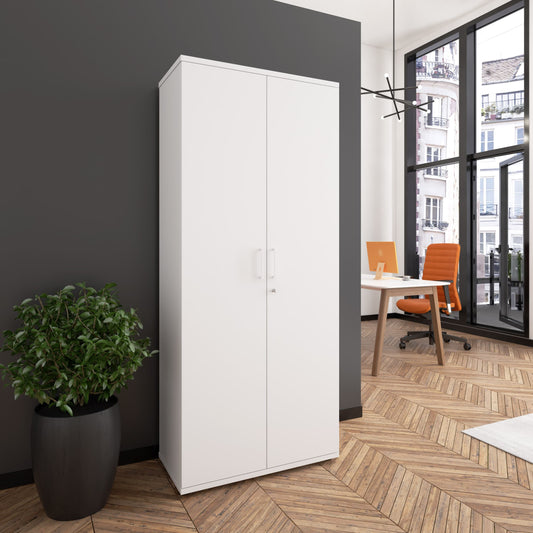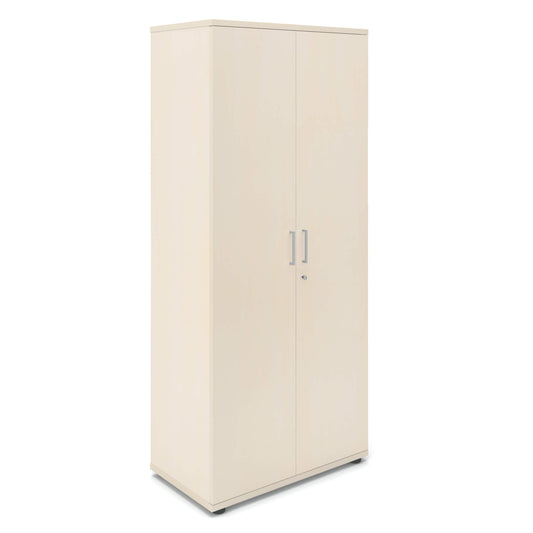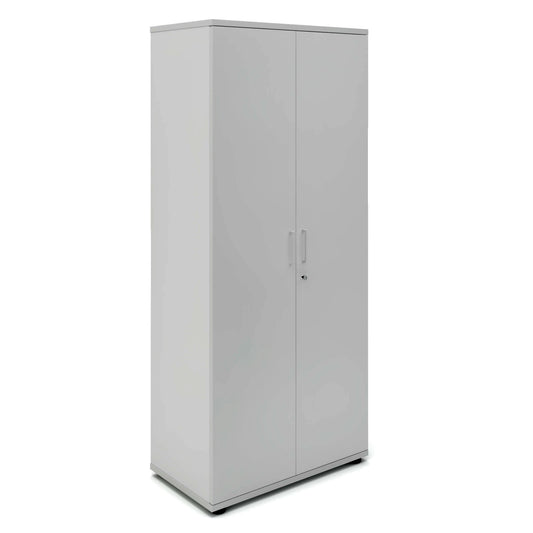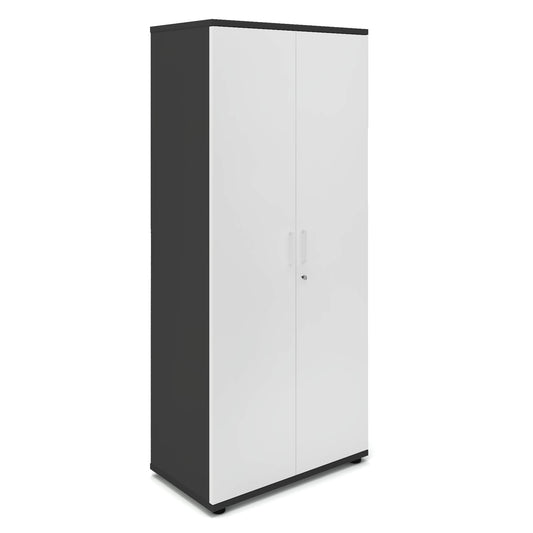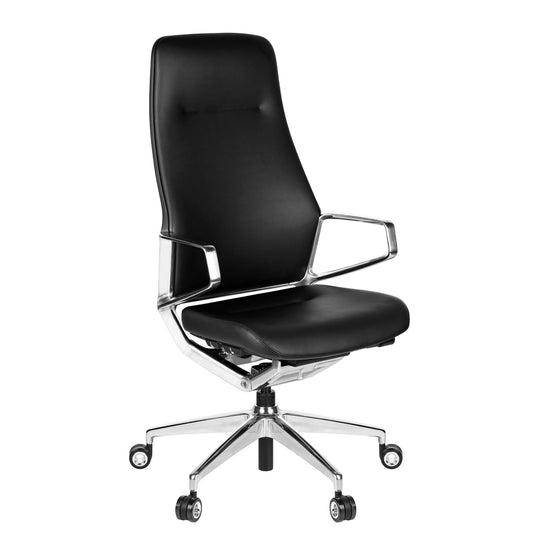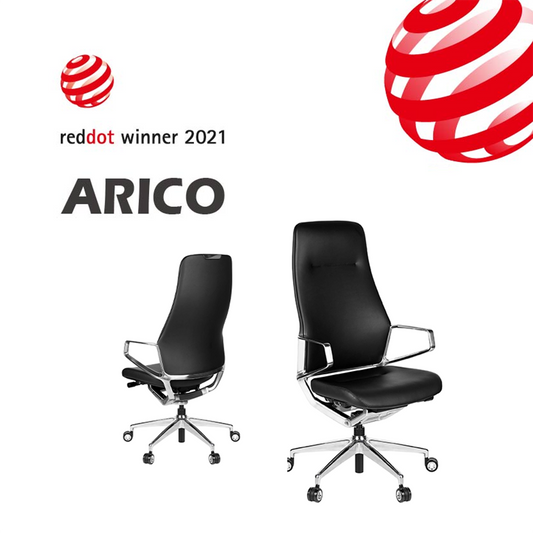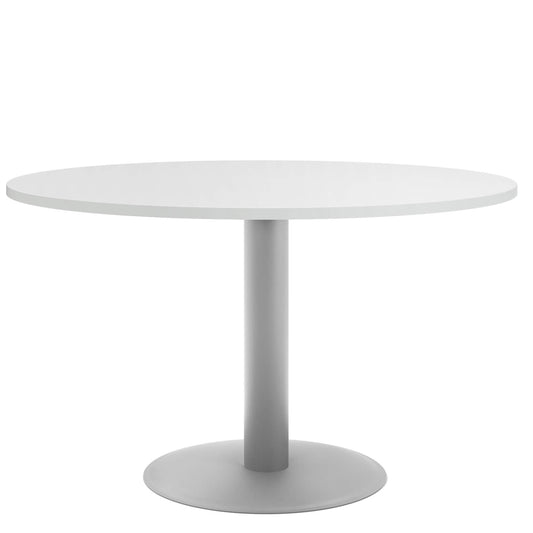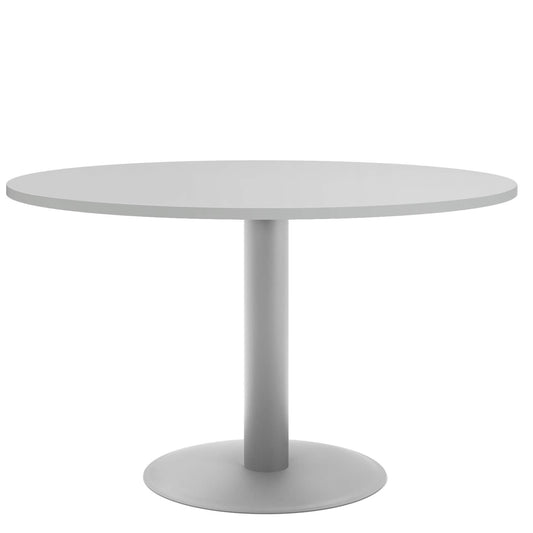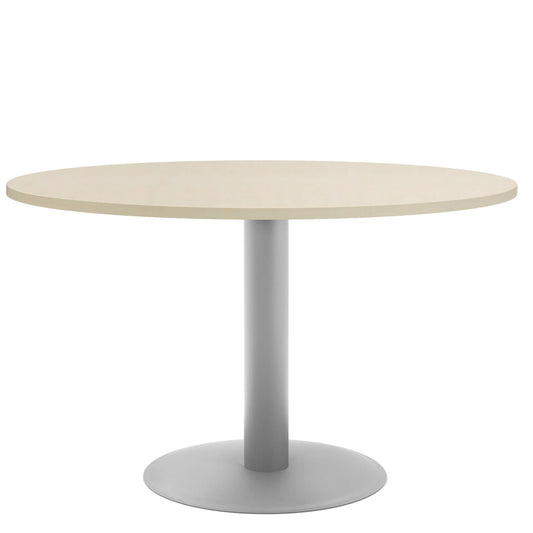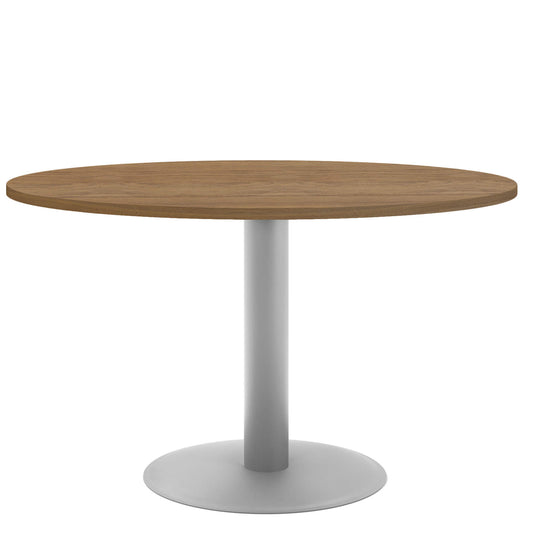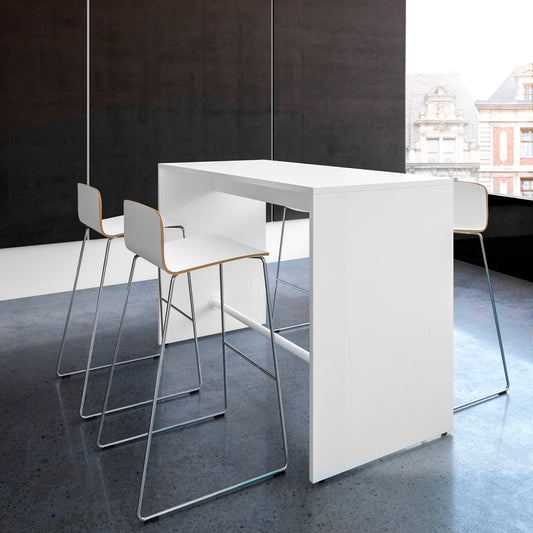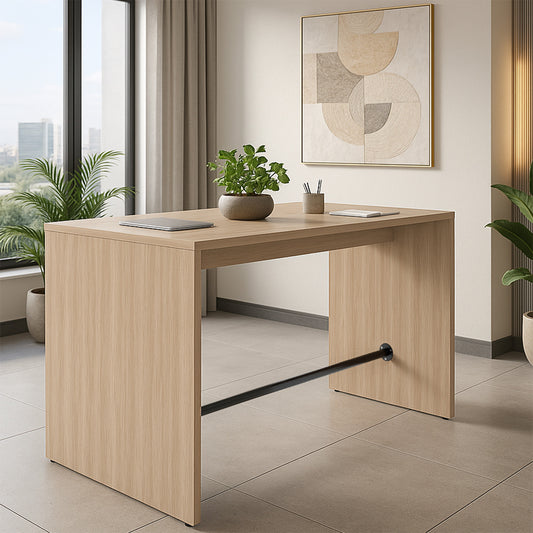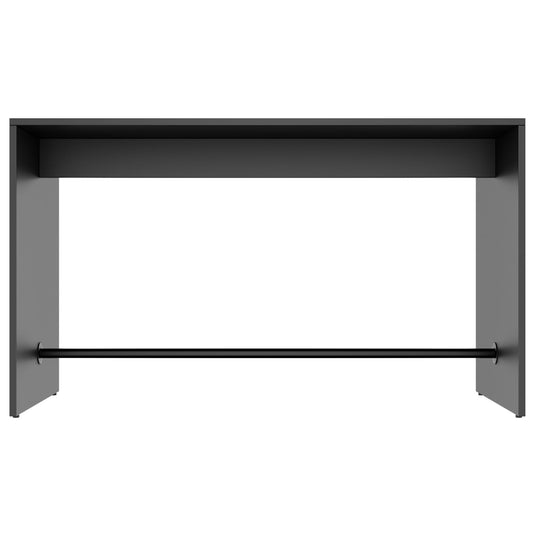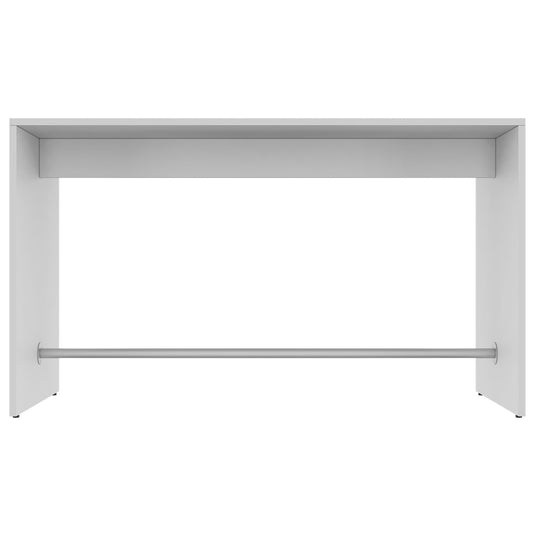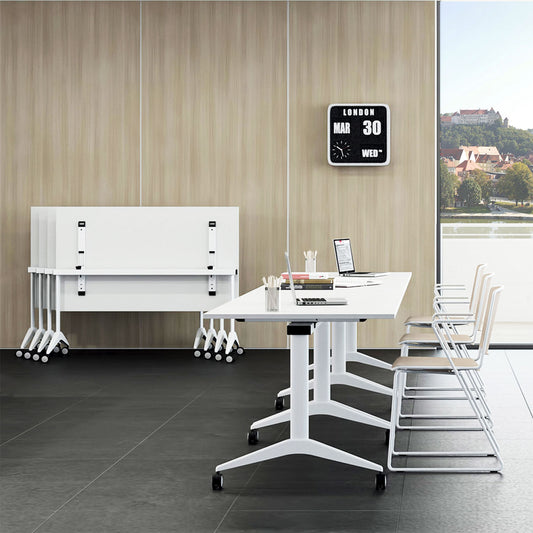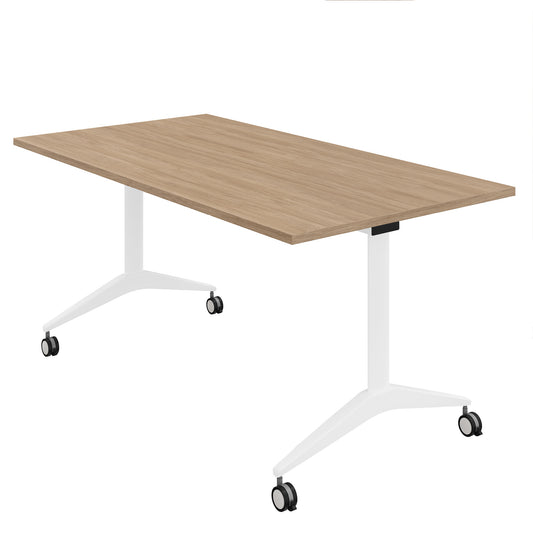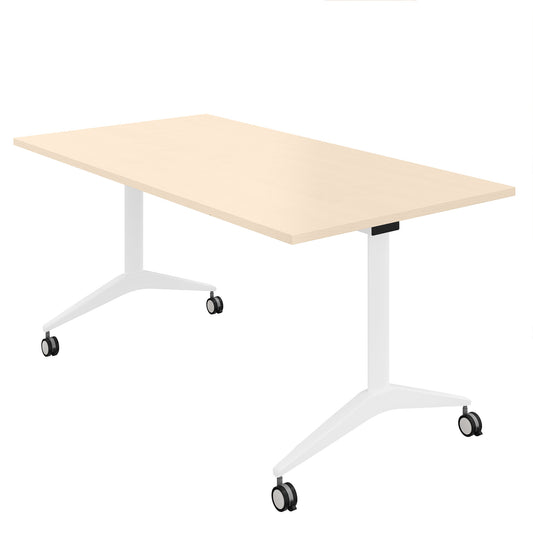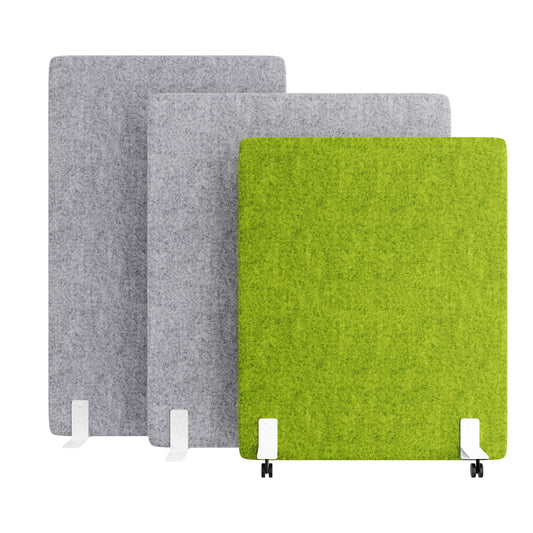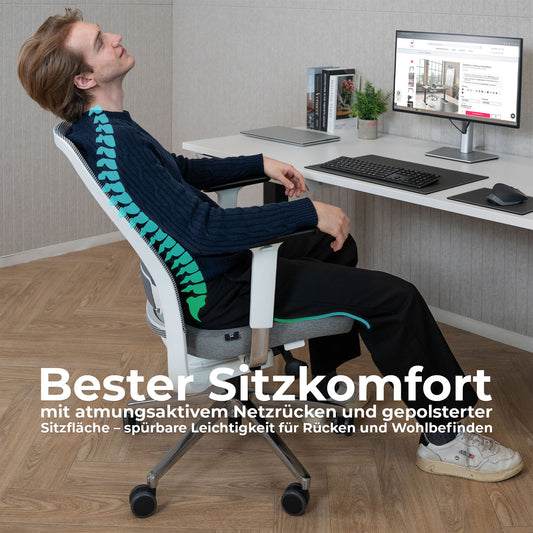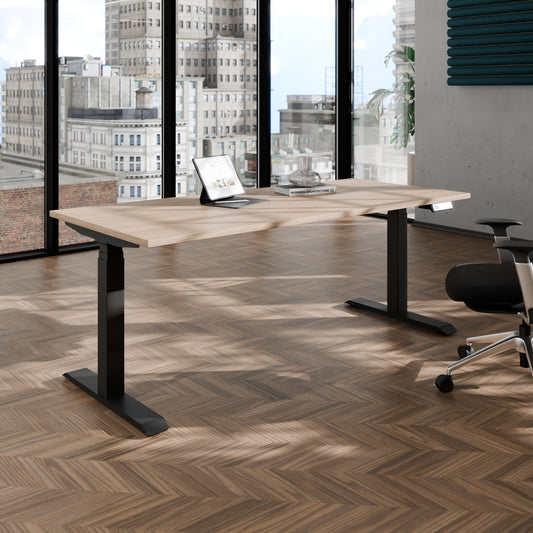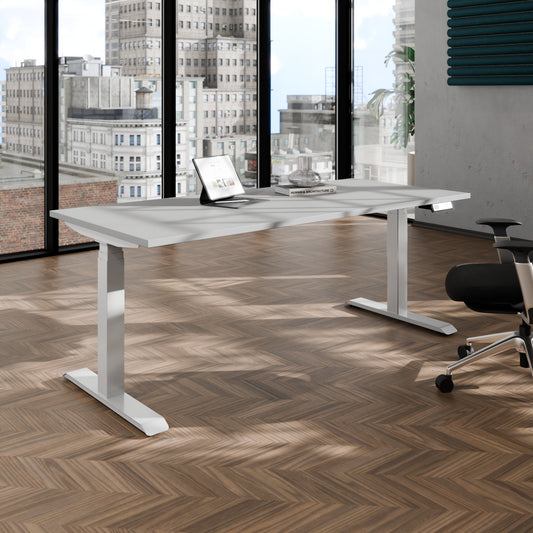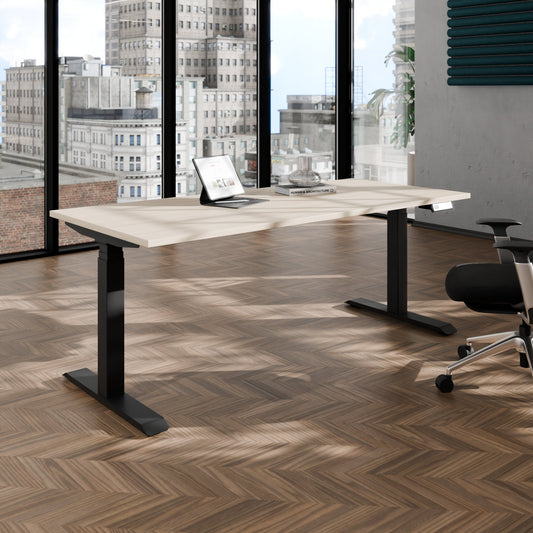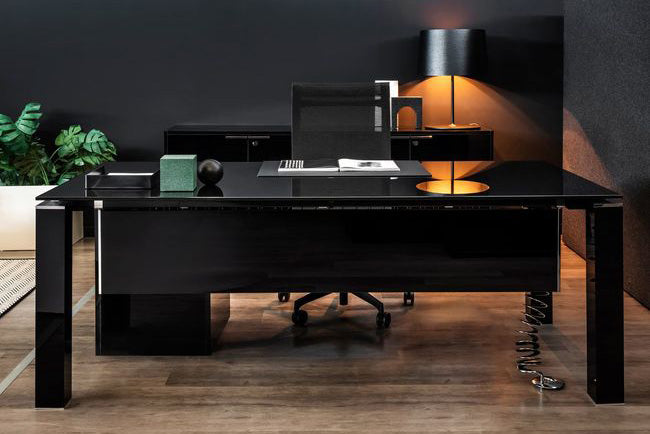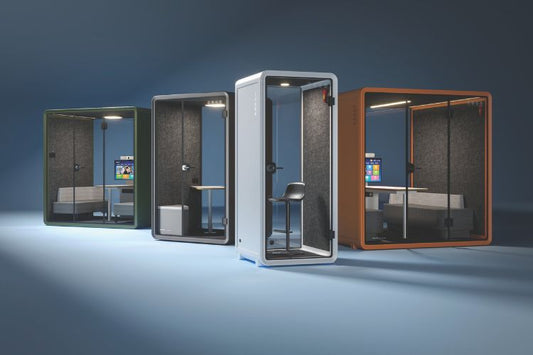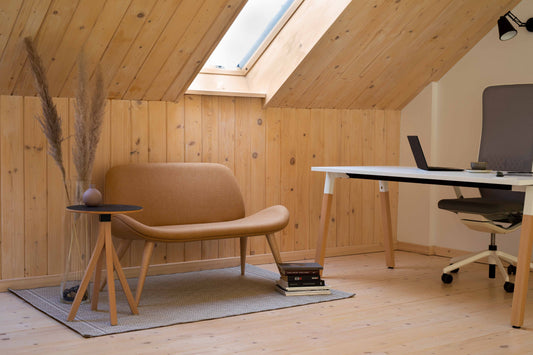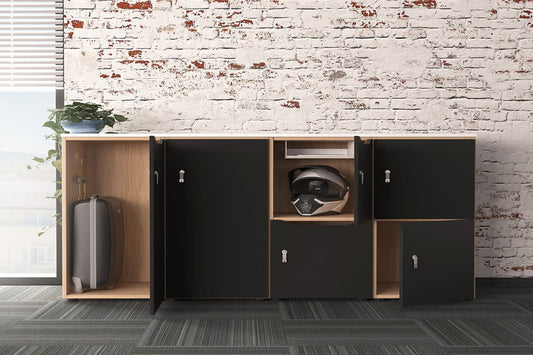What effects does office lighting have on us?
Do you often feel sluggish and limp at work? Do you have eye and headaches at the latest in the afternoon? All of this can have to do with the lighting at your workplace. This has a major impact on Your health, well -being and your work performance. You can see what advantages have ergonomic office lighting here at a glance:
- The optimal office lighting reduces the load on the eyes and prevents tiredness.
- The correct illumination improves concentration and increases efficiency.
- Natural light and well -designed artificial light promote the mood and can even alleviate depressive moods.
- Modern, energy -efficient lighting solutions not only protect the environment, but also your wallet.
- Individually adjustable light sources enable you to adapt the light depending on the time of day and task.
With the optimal office lighting, you take a big step towards a healthier and more productive work environment.
What types of lighting are there for comprehensive designs?
Not every office lighting is the same - especially at the screen in the picture, it depends on where the light comes from and how targeted it is used. Basically, a distinction is made between three species:
1. Space -related lighting: It ensures even basic brightness in the entire room. Ideal to create a pleasant atmosphere and give orientation - but is often not enough.
2. Workplace -related lighting: Here the focus is on the area of the actual workplace, i.e. where written, read or worked on the screen. This type of lighting is more targeted and complements basic lighting.
3.Sub -surface -related lighting: It is aimed at very specific zones within the workplace - for example directly on the keyboard or a document. This selective light source is particularly helpful for precise visual tasks or little ambient light.
Legal requirements for office lighting
In addition to health and design aspects, office lighting is also subject to clear technical requirements. These result from labor law and safety -related basics that can vary slightly depending on the country and industry. Those who plan and implement the office lighting not only create better working conditions, but also reduce possible liability risks.
The lighting should be adapted to the specific work task - and at the same time take into account the individual eyesight of the employees. The following minimum values are the guidelines for the illuminance:
- General office work such as writing, reading or screening: at least 500 lux
- Conference and meeting rooms: at least 300 lux
- Archive, storage or adjoining rooms: at least 200 lux
What lamps are there?
Luminaries are the heart of every lighting solution and decisively decide on quality, efficiency and atmosphere of light. The choice of the right lamp depends on your individual needs. These options are available to you:
- Incandescent lamps: Although they are known for their warm light, they were largely replaced by more efficient technologies due to their low efficiency and short lifespan.
- LEDs (light emits): Known for your energy efficiency and durability, offer a wide range of color temperatures and are dimmable. Ideal for sustainable and cost -saving lighting.
- Halogen lamps: Offer a warm, light light and better color rendering compared to conventional light bulbs. They are dimmable, but have a shorter lifespan and higher energy consumption than LEDs.
- Compact light lamps (CFLS): These energy -saving lamps need less energy than conventional light bulbs and last longer. However, their time up to full brightness and the mercury it contains are disadvantages.
What does the optimal office lighting look like?
Before we can respond to the details, it is important to know the difference between indirect and direct light. Indirect lighting Reflecting on the walls and ceilings and thereby creates a uniform light distribution that illuminates the room without hard shadows or glare effects. This ensures a soft, inviting atmosphere. Direct lighting In contrast, the light focuses on certain work areas - ideal for tasks that require a high concentration. A combination of both types of lighting enables flexible adaptation to different activities and preferences. However, the most effective light source is even more important: that daylight. Natural light from the outside increases the general illuminance in the room and has a positive impact on our mood and health. Maxify daylight by Desks Set up near windows and ensures a good distribution of the light, so it should always be a priority when planning the office lighting. Because the sun does not work reliably at the desk every day, artificial lighting is required that reliably steps in - and all the important ones light technology quality features fulfilled.
Lighting level
The illuminance, measured in Lux, indicates how bright an area is illuminated. For office workstations, a value of at least 500 lux is recommended to relieve the eyes and improve the readability in the workplace. Higher values of up to 1,000 lux can additionally promote concentration and well -being - especially with detailed tasks. This recommended illuminance does not have to be reached in the entire room. It is sufficient if it is available directly at the workplace. In the ambient area - i.e. in the rest of the room - the light intensity should not be below 300 lux, so that the environment remains pleasant and eye -friendly. In the case of partial surface -related lighting, such as a desk lamp, an area of at least 60 × 60 cm with around 750 lux should be illuminated. Ideal if the light is to be flexibly adapted to different tasks or individual eyesight.
Luminance density distribution
The light density describes how bright individual surfaces appear in the field of vision - and thus how pleasant the light is for the eye. Luminaire density conditions of about 3: 1 between the work surface and the surrounding area as well as 10: 1 between the screen and another environment are optimal. Reflection levels of:
- 0.7 to 0.9 for the ceiling,
- 0.5 to 0.8 for the walls
- 0.2 to 0.4 for the soil,
- 0.15 to 0.75 for work surfaces - as matt to silk matt as possible
Glare and reflection
Good office lighting avoids direct glare (e.g. by non -shielded light sources) and reflex fade (e.g. by shiny surfaces). Adjustable blinds, partitions or matt screens can help to minimize these problems. In order to reduce disturbing light sources in the field of vision, the so-called UGR value (unified glare rating) should be less than 19. Reflections often arise from windows or lamps that are reflected on screens or smooth surfaces. This can not only worsen aperture, but also the contrast of the screen display. Therefore, you should avoid shiny displays, transparent prospectus cases or high-gloss surfaces in the workplace. The placement of the lights also plays a role: open lights in which the light source is visible should also not hang directly above the workplace. And the daylight also has its pitfalls: desks should be aligned in parallel to the window front in order to avoid glare due to light from behind or from the front. Adjustable blinds or sun protection systems help to regulate too strong brightness - and ensure that dazzling sunlight stays outside, while pleasant daylight can work inside.
Light direction and toilet
Shadows also have their right to exist in the office - as long as there are not too many or too few. Because without a certain amount of shade, the eye lacks spatial orientation, but too strong or hard shadows disturb the concentration. The solution: A broad light distribution that offers direct/indirect lights. For jobs with special requirements - for example through technical devices or special activities - you should select lights with a suitable light intensity distribution.
Light color and color rendering
The light color, expressed in Kelvin, influences the atmosphere and can promote well -being and productivity. Warm -white light (up to 3,300 K) creates a cozy atmosphere, while cold white light (over 5,300 K) can support the concentration. The color rendering (CRI) is also important because it determines how natural and lively colors appear under the artificial light. A high CRI value (over 80) is essential for an accurate color perception.
Flicker
Even if we do not always consciously perceive it - flickering light can heavily use and leads to headaches, concentration problems and faster fatigue in the long run. Such flicker symptoms arise especially with outdated lighting technology. Modern lights remedy with electronic ballasts that ensure even lighting.
What types of lighting are there?
Now it's time to get to the fact that you have not only the choice between different lamps, but also between various lamps. We look at which these are now.
Desk lights:
Desk lights offer direct light exactly where it is needed - to your work area. They are ideal for tasks that require high concentration, such as reading documents or working on the computer. Many models have adjustable arms and heads that enable a precise alignment of the light, as well as dimming functions in order to adapt the light intensity as required.
Ceiling lights:
Ceiling lights offer general lighting for the entire room. They are available in different styles and performance strengths to ensure even illumination. Ceiling lights are particularly effective in combination with other light sources to minimize shadow areas and create a pleasant working environment.
Pendant lights:
Pendant lights hang down from the ceiling and can be placed over certain areas such as meeting tables or work islands in order to offer targeted lighting. They are ideal for setting accents or creating a certain mood in the room without affecting a view of screens.
Floor lamps:
Floor lamps are a flexible solution that can be set up in addition to desks or in reading corners. They offer both direct and indirect light and are easy to reposition in order to meet the changing requirements in everyday office life. Floor lamps are ideal for lightening dark corners or serving as a supplementary light source next to the primary lighting.
Accent lighting:
Accent lighting is used to highlight certain elements in the room, such as works of art, plants or special design features. It can create an atmosphere that promotes creativity and well -being at work. Accent lights can be implemented in the form of wall lamps, radiators or LED ligaments and contribute to lending personality and depth to an office.
Summary
A whole series of factors decide how pleasant and functional your office lighting is really. In order to keep an eye on both the eyesight of the employees and the requirements for the workplace, the following light -technical quality characteristics should be taken into account:
- Lighting level
- Luminance density distribution
- Limitation of the direct glare
- Limitation of the reflex fade on the screen or other work equipment
- Light direction and toilet
- Light color and color rendering
- Flicker
What should you also pay attention to when choosing the lighting?
In addition to the light -technical approval characteristics, you should also take into account the following aspects:
- Investigation and strength of the daylight
- Work processes and organization
- Arrangement of jobs in the room
- Flexibility when arranging jobs
- Quality of the screen in terms of anti -reflective
- Differentiation of visual tasks
- Eyesight of the employees
- Space characteristics, e.g. B. the geometric dimensions of the room
- Possibility to individualize the lighting
- Opportunities to control the lighting
- Energy efficiency
So end with eerie dim light: pull the curtain and let the sun in - For a good mood, fit eyes and a bright brains.
